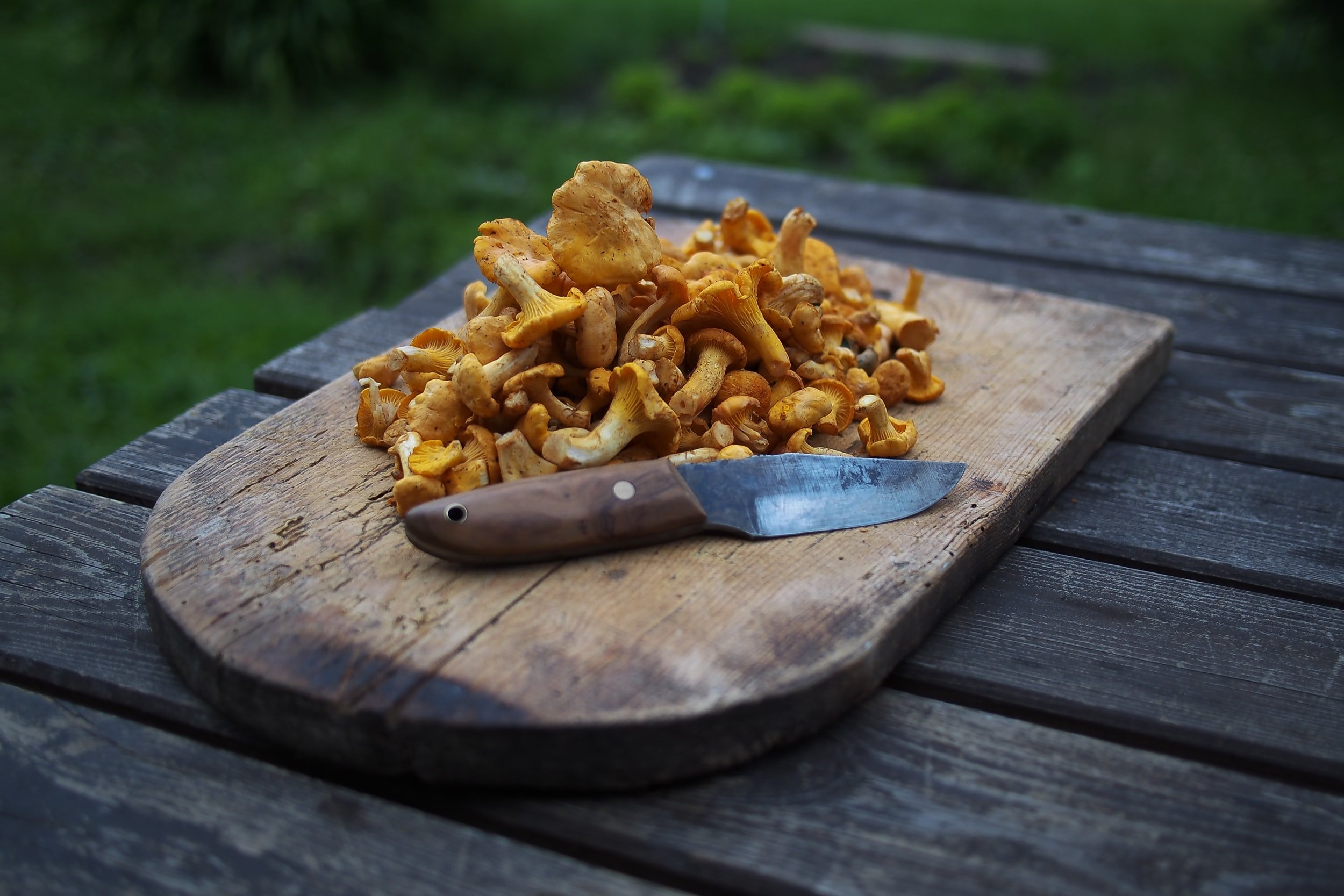Story at a glance…
-
Wild mushrooms represent a nutrient-dense and medicinal component to the human diet.
-
Foraging, including for mushrooms, has increased in popularity 21-fold in the last 56 years, while a third of humans rely on the forest, not the farm, for food.
-
A recent study presents the largest catalogue of scientifically-confirmed edible species, numbering over 2,000 mushrooms and toadstools.
A pair of anthropological forces are driving humans towards the consumption of wild mushrooms, a trend that deserves both examination and celebration as wild mushrooms not only represent a nutrient-dense food source, but also a connection to forests and ancestral traditions.
The first is that regardless of the fact that during the 19th and 20th centuries, 12 crops and 14 animal species came to provide what is today around 98% of the world’s dietary content, reported incidence of wild mushroom foraging has increased around the world by about 2100% over the last 56 years.
The second is that forest ecosystems are beginning to be preserved for their roles as centers of production for nutrient dense foods that are often difficult to cultivate, or are at minimum easier to do so in a forest system. The International Union of Forest Research Organizations estimate that a third of the global population rely on forested biomes for their food, fuel, and medicine.
Mushrooms are one of these foods, and the 90 species that are commercially cultivated in a $50 billion-a-year industry, pale in comparison to recent catalogues of edible mushrooms which total 2,000 that can be picked up and eaten, and an additional 200 that are nutritious but which require pretreatment of some kind.
With this wild mushroom harvesting boom comes the advice of every father in America about how “80% of mushrooms are poisonous”. On the bright side, many edible mushrooms have a poisonous doppelganger, and so the differences between them are normally well-documented.




